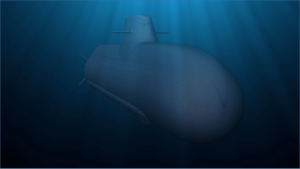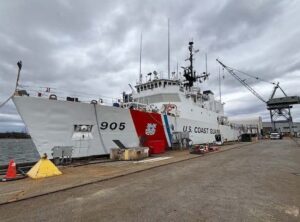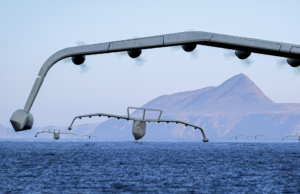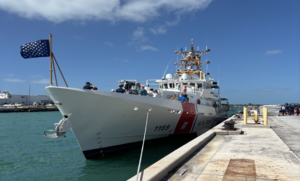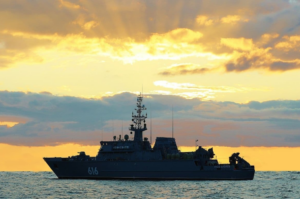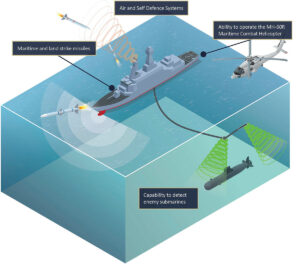ATSB: Ineffective ECDIS use led to Australian cutter reef grounding
The ineffective crew training about the use of onboard electronic chart display and information system (ECDIS) might have led to the grounding of the Australian Border Force cutter Roebuck Bay, a new investigation shows.

In September 2017, the ABFC Roebuck Bay grounded on Henry Reef in the Great Barrier Reef, Queensland. The cutter was on a passage from Saibai Island in the Torres Strait Islands archipelago bound for Lizard Island, located about 71 NM south-east of Cape Melville.
The ship sustained substantial damages but there were no reported injuries or oil pollution. It was subsequently towed off the reef, stabilized and towed to Cairns.
The Australian Transport Safety Bureau (ATSB) has now released its final report from its investigation into the incident.
The ATSB investigation has revealed underlying safety issues with the effectiveness of ECDIS type-specific training, ECDIS software updates and the use of a single point feature to represent relatively large physical features on electronic navigational charts.
While planning the passage from Saibai Island, the ABFC Roebuck Bay’s previously used passage plan was amended, with its route inadvertently plotted over Henry Reef.
The ship’s EDCIS identified the reef as a danger to the planned route, however, the crew did not identify the danger either visually or by using ECDIS. The vessel continued on the amended route and grounded on the reef.
“The ATSB found the crew’s ability to check the amended route was limited as their training was not effective in preparing them for the operational use of their on board ECDIS,” ATSB said.
The federal government body’s investigation highlights that the safe and effective use of ECDIS as the primary means of navigation depends on operators being thoroughly familiar with the operation, functionality, capabilities and limitations of the specific equipment in use on board their vessel.
“ECDIS type-specific training needs to be designed, delivered and undertaken so operators have the required knowledge to confidently operate ECDIS as intended by the manufacturer,” Greg Hood, ATSB Chief Commissioner, said.
The ATSB also found the vessel’s ECDIS was not updated to the latest International Hydrographic Organization (IHO) standards and lacked the enhanced safety features of a new presentation library of symbology.
“As a result of the investigation, the ATSB considers the use of point features in electronic navigational charts to represent areas of relatively significant size on the earth’s surface is likely to increase the risk of the hazard posed by such features being misinterpreted and potentially reduce the effectiveness of ECDIS safety checking functions,” Hood added.
“While this did not specifically contribute to the grounding of Roebuck Bay, the investigation has shown that the implementation of ECDIS has introduced some unintended risks to marine navigation.”

